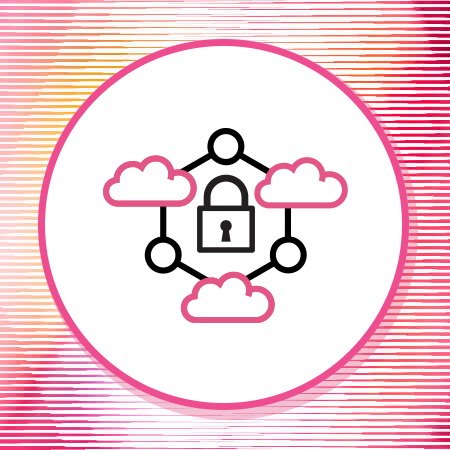Amenazas comunes a la seguridad del correo electrónico
Algunas de las mayores amenazas a la seguridad del correo electrónico incluyen:
Phishing
Los ataques de phishing son las amenazas más conocidas y comunes a la seguridad del correo electrónico. Los ataques de phishing comenzaron con ataques como la estafa del Príncipe Nigeriano, que eran conocidos por su mala gramática y pretextos increíbles. Con el tiempo, estos ataques se han vuelto más sofisticados y los atacantes envían correos electrónicos mucho más pulidos con pretextos más plausibles.
The modern phishing attack can be general or targeted. These targeted attacks, also called spear phishing attacks, are highly researched and designed to trick a particular person or group.
Business Email Compromise (BEC)
One example of a common spear phishing attack is business email compromise (BEC). In a BEC attack, the target is tricked into sending sensitive data — or more commonly money — to the attacker. BEC attacks have become one of the most significant and expensive phishing attacks that companies face. According to the Internet Crime Complaint Center (IC3), BEC attacks between the years 2013 and 2022 caused an estimated loss of $50 billion.
Malware
Email is an ideal delivery mechanism for malware. Malware can be attached directly to an email or embedded in documents that are shared as attachments or via cloud-based storage. And once installed on a computer, malware may steal sensitive information or encrypt a user’s files.
Pérdida de datos
Las cuentas de correo electrónico tienen acceso a una gran cantidad de información confidencial. Además de los datos enviados directamente por correo electrónico, estas cuentas también se utilizan para acceder a infraestructura basada en la nube y otros servicios en línea.
An attacker with access to these email accounts can gain access to all of this sensitive information, making email account credentials a common target of attack. Additionally, this information can be leaked by employees who accidentally include an unauthorized party on an email chain or fall for a phishing attack.
Enlaces maliciosos
Los enlaces maliciosos son algunas de las formas más comunes en que los ciberdelincuentes utilizan el correo electrónico como arma. Con un enlace incrustado en un correo electrónico, un atacante puede dirigir al destinatario a una página web bajo el control del atacante.
These phishing pages can be used for a variety of different purposes. Phishing pages can be designed to steal user credentials or deliver malware. Regardless, they can cause serious damage to an organization.
Account Takeover
In an account takeover (ATO) attack, a cybercriminal gains access to a user’s email or other online account. This is usually accomplished by stealing the user’s login credentials via phishing, credential stuffing, malware, or similar means.
Once an attacker has control over a user’s email account, they can abuse it in various ways. For example, the user’s email might be used in a spear phishing attack, to send out spam, or to gain access to other accounts by requesting password reset emails to be sent to the compromised account.
Spam
Spam is unwanted email sent out via mass mailers. Spam can be used for various purposes, ranging from marketing efforts by legitimate companies to attempts to infect the target computer with malware.
Quishing
Quishing is a form of phishing attack that uses QR codes. Emails will contain an image of a QR code, which, if scanned, will direct the user to a phishing site designed to harvest login credentials or infect their computer with malware.
Quishing attacks are designed to take advantage of the fact that a user is likely to scan the code presented in an email using the camera on their mobile device. Since personal smartphones are likely unmanaged by the company, this provides a means for the attacker to bypass the organization’s security controls.



















